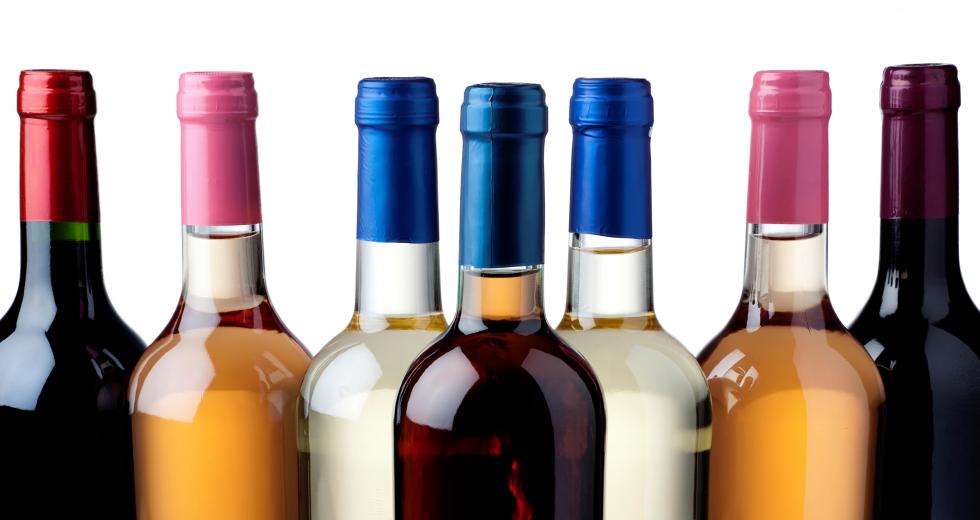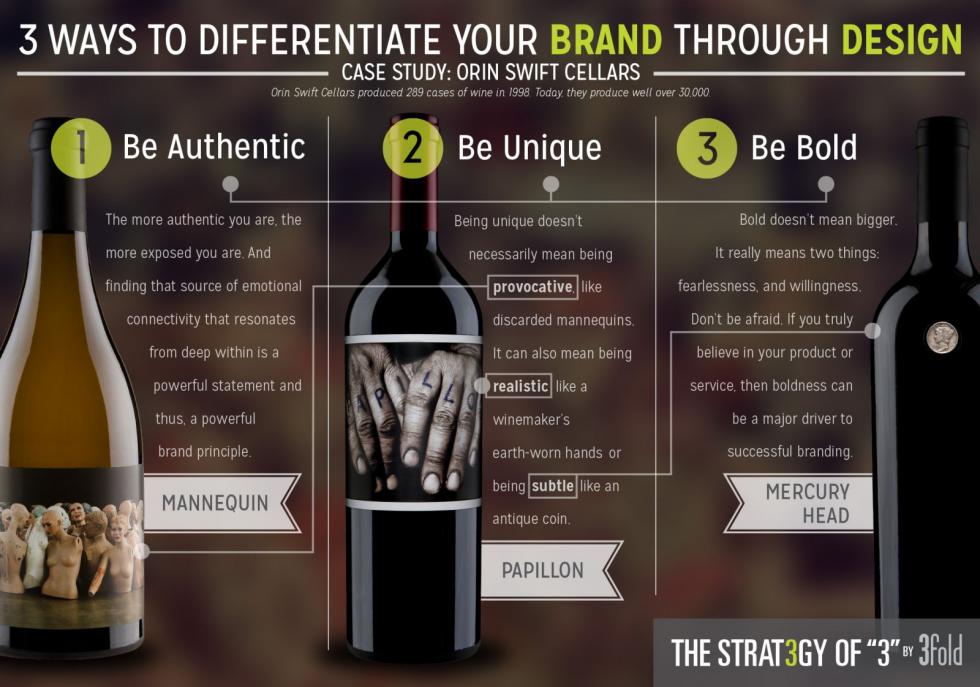Morton’s The Steakhouse. Special reservation. Best seat in the house. And a bottle of wine ingloriously named “The Prisoner.” It was a first date, and I may have overdone it trying to impress the woman who would later become my wife.
Six years later, I’m still trying to impress her. This wine, however, with one of the least romantic names, remains effortlessly special to us. It has a romanticism that seems to represent a piece of who we are as a couple. As a marketing professional, I cannot help but find this notion fascinating. How does a drink become an experience?
Morton’s The Steakhouse. Special reservation. Best seat in the house. And a bottle of wine ingloriously named “The Prisoner.” It was a first date, and I may have overdone it trying to impress the woman who would later become my wife.
Six years later, I’m still trying to impress her. This wine, however, with one of the least romantic names, remains effortlessly special to us. It has a romanticism that seems to represent a piece of who we are as a couple. As a marketing professional, I cannot help but find this notion fascinating. How does a drink become an experience?
More than almost any other food or beverage, wine has become a
legacy drink. It marks moments, captures memories and has the
power to define a relationship like no other. “The Prisoner” in
particular demonstrates this phenomenon for me.
With more than 15,000 different wine options for sale[AY1] in the US market, most in bottles of similar size and shape, sharing the same main ingredient and found in the same distribution outlets, what makes one brand different? What makes this one bottle—or the many other favorites of a million other people—the quintessential go-to for a special story?
Branding is a simple yet incomplete answer. Examining how a memorable brand begins is a great lesson for anyone interested in building a business.
So, how does Orin Swift Cellars continue build successful brands in a highly competitive industry?
The story starts with Dave Phinney, founder of Orin Swift Cellars.
When Phinney started as a young, motivated, seasonal harvest worker at Robert Mondavi Winery in 1997, he decided that if he was going to work that hard, he would prefer to do it for himself. In 1998 he founded Orin Swift Cellars.
Looking at how he and his team build their wines’ brands, and have achieved such success, reveals a three-prong approach to branding:
1. Be authentic.
Orin Swift Cellars focuses first and foremost on creating stellar
product. They say they want to “over-deliver in the bottle.”
Additionally, they’ve built strong, relationship-driven
distribution channels for their wines, ensuring trust and a
personal touch are as much a part of a bottle’s experience as the
wine itself.
The lesson: The more authentic you are, the more options you have. Maybe a lineup of different product brands doesn’t work for your business. That’s ok. It’s really about finding that source of emotional connectivity that authentically resonates with your customers.
2. Be unique.
Orin Swift Cellars took a creative approach to packaging and
design. In a highly competitive, over-saturated industry, the
team found ways to differentiate their brands through design and
identity.
Look at their lineup: Currently Orin Swift boasts ten wines with memorable names. Some bottles feature uniquely provocative designs such as the Goya etching of a captive man on the “Prisoner” bottle, a parade of discarded mannequins on the “Mannequin” bottle and a broken China Doll on its namesake, “China Doll,” bottle. Alternatively, more simplistic designs like a small, antique coin on the front of the “Mercury Head” bottle embody the layered subtleties of milder style wines while layered, expressive imaging meant to symbolize an earthy realism is used on the “Papillon” bottle to represent the power of its cab blend.
All of these designs provide a provocative theme that says, “Here is something different.” The lesson: Knowing your product, being thoughtful with your approach, and looking for unique and expressive designs will tell a full-bodied story far better than any traditional approach ever would.
3. Be bold.
Taking risks may not always pay off, but the biggest success
stories in history belong to the bold. Phinney sold his top two
brands, “The Prisoner” and “Saldo,” in 2010, leading many critics
to question his business sense. However, confident that he was
not a one-hit wonder, he reinvested in his business and
successfully advanced their menu of wines using the same brand
building principles that made “The Prisoner” successful. Orin
Swift has subsequently increased the bottom line, taking itself
to a completely new level in the industry. The lesson: The
biggest decider between what brands are good and what brands are
great is boldness.
Creating success is much more likely when all three tactics are incorporated into brand building. Branding that is authentic and bold without being unique won’t stand out. Unique and authentic branding accompanied by trepidation won’t go the distance. Take the time to plant, cultivate and harvest these elements as foundation points for your brand.
Orin Swift Cellars consciously and unapologetically raged against the machine of safe designs. They fused an authentic story with a uniquely artisan product and both bold design sensibility and strategy to create a lineup of emotionally engaging, memorable brands.
3fold Communications, a leading marketing and advertising agency headquartered in midtown Sacramento, specializes in creating one-of-a-kind strategic communications campaigns utilizing creative approaches. Beyond its many awards and successful client partnerships, 3fold Communications is committed to the growth of the community where its employees live, work and play. It’s a commitment that gives the agency a unique, comprehensive understanding of Sacramento and its residents. To learn more, visit www.3foldcomm.com.





